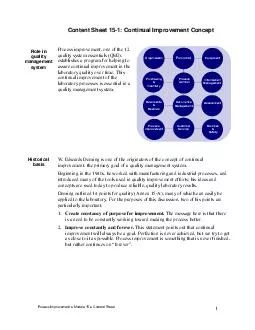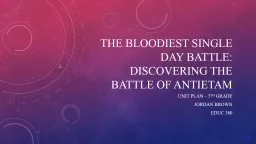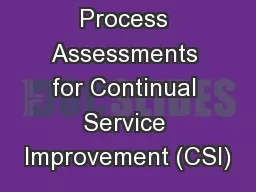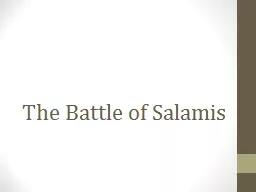PPT-Introduction Throughout history there has been a continual battle between human beings
Author : stefany-barnette | Published Date : 2018-12-16
Antibiotics Antibiotics are powerful medicines that fight bacterial infection Literal translation anti against biotic living things Discovery Alexander Fleming
Presentation Embed Code
Download Presentation
Download Presentation The PPT/PDF document "Introduction Throughout history there ..." is the property of its rightful owner. Permission is granted to download and print the materials on this website for personal, non-commercial use only, and to display it on your personal computer provided you do not modify the materials and that you retain all copyright notices contained in the materials. By downloading content from our website, you accept the terms of this agreement.
Introduction Throughout history there has been a continual battle between human beings: Transcript
Download Rules Of Document
"Introduction Throughout history there has been a continual battle between human beings"The content belongs to its owner. You may download and print it for personal use, without modification, and keep all copyright notices. By downloading, you agree to these terms.
Related Documents














